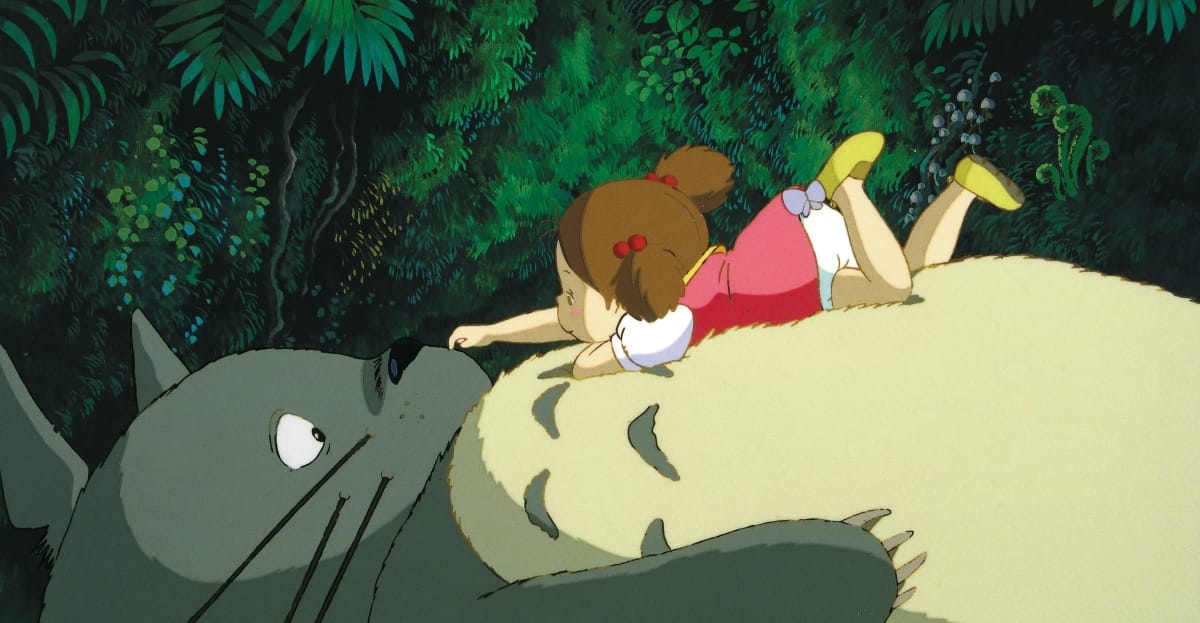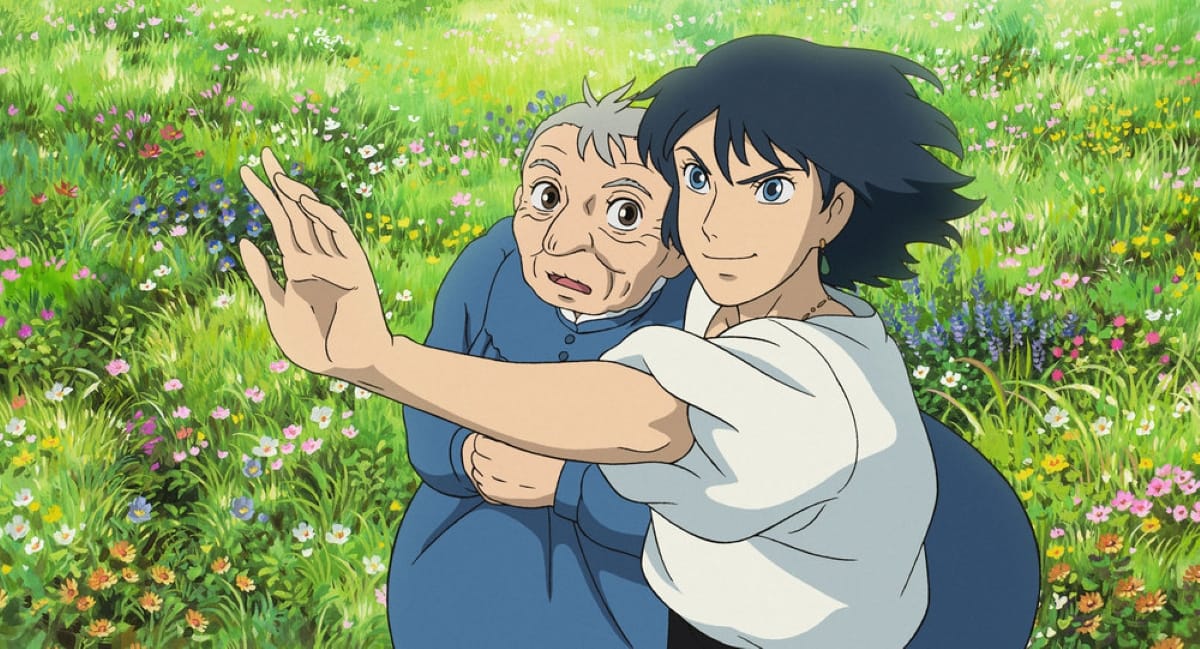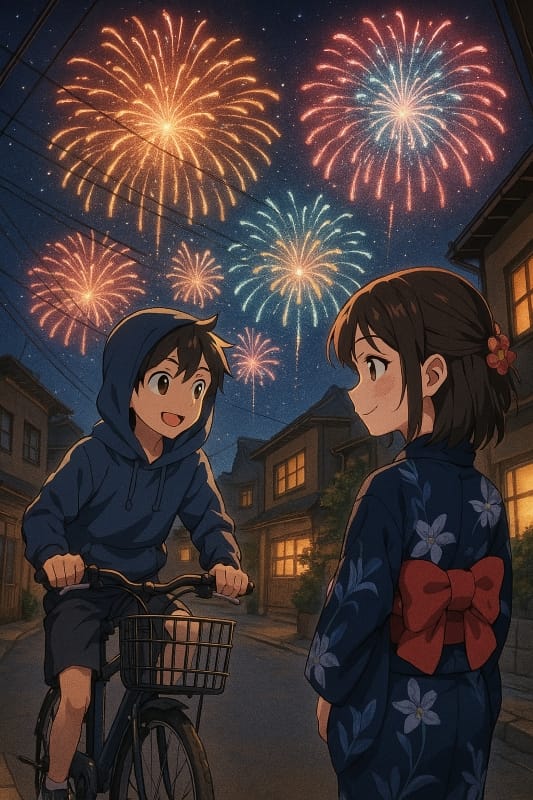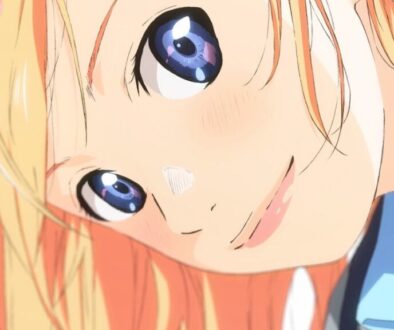When AI Meets Art: A Spirited Debate with a Ghibli Twist
Ah, art—the realm where human creativity dances freely, unshackled by the mundane. But wait, what’s this? AI has waltzed onto the scene, donning a beret and brandishing a digital paintbrush. The latest spectacle? AI-generated images mimicking the enchanting style of Studio Ghibli.
The internet has exploded with AI-generated artwork that captures the dreamy, hand-painted aesthetics of Ghibli’s masterpieces. Social media feeds are flooded with “What if this was a Ghibli movie?” prompts, leading to an avalanche of images portraying everything from New York City subways to Taj Mahal in that signature, warm, and nostalgic look. But is this an exciting innovation that brings more people into the world of art, or is it a digital slap in the face to traditional artists?
Let’s embark on a whimsical journey through this artistic battleground, exploring whether AI art is a delightful addition to the world of creativity or an unstoppable force that threatens the very essence of human expression.
Catch a support chair or something, for this Reaper is going to change tones and sing you poetry.
The Art of the Matter: Is AI Crashing the Creative Party?
Picture this: you’ve spent years mastering your craft, perfecting brush strokes, understanding color theory, and developing a unique style. You put in sleepless nights, countless hours, and an immeasurable amount of passion into your work. And then, suddenly, a machine can replicate your style in seconds with the click of a button.
Many artists are raising their brushes in protest, arguing that AI-generated art undermines the blood, sweat, and tears poured into their work. They see it as a direct attack on the time and effort needed to hone an artistic craft.
Take the case of Studio Ghibli’s co-founder, Hayao Miyazaki. The man behind Spirited Away and My Neighbor Totoro isn’t exactly throwing an AI-themed tea party. In fact, he once described AI art as “an insult to life itself,” expressing deep disdain for the lack of human touch in machine-made creations. His reaction wasn’t just artistic snobbery—it was a genuine concern that AI-generated images lack the soul, imperfections, and emotions that human artists imbue into their work.
Moreover, legal eagles are circling this digital art frenzy. The ability of AI to mimic specific artistic styles has sparked debates over intellectual property rights. Artists like Karla Ortiz have voiced concerns about AI companies exploiting their work without consent, highlighting the ethical quagmire of using AI to replicate unique artistic expressions. If your work can be copied by a machine in seconds without you seeing a dime, what does that mean for the future of artistry as a profession?
Some argue that AI-generated art is nothing more than digital plagiarism wrapped in an algorithm. The concern is that companies will prioritize cheap AI-generated alternatives over real artists, flooding the market with soulless imitations. It’s a legitimate worry, as businesses often chase efficiency at the cost of creativity. Will the next blockbuster animated movie be created entirely by an algorithm? Will indie illustrators struggle to make a living because clients opt for AI art instead of hiring a real person? These are questions the art world must grapple with.

A Ghibli Gateway: AI as the New Art Evangelist
But hold your horses—or should I say, your Catbuses? There’s another side to this animated coin. AI-generated art has the potential to introduce iconic styles, like that of Studio Ghibli, to audiences who might have otherwise remained oblivious to their magic.
Imagine a teenager, more familiar with TikTok dances than traditional animation, stumbling upon an AI-generated Ghibli-style image. Intrigued, they dive down the rabbit hole (or perhaps, the Totoro hole), discovering the rich tapestry of Ghibli films. Suddenly, a whole new world of hand-drawn wonder unfolds before their eyes. They start watching Princess Mononoke, Howl’s Moving Castle, and Nausicaä of the Valley of the Wind, developing an appreciation for traditional animation they never had before.
This phenomenon isn’t just theoretical. The recent surge in AI-generated Ghibli-style images has sparked widespread interest, leading many to explore the original works that inspired these digital creations. It’s like AI is playing the role of an overenthusiastic art teacher, eager to showcase the classics to a new generation. If AI-generated art makes people appreciate hand-drawn animation more, isn’t that a win?
Additionally, AI can democratize access to artistic tools. Not everyone has the time or resources to master illustration, but AI allows people to experiment with different styles and find appreciation for the craft. The argument here is that AI doesn’t replace artists—it simply opens new doors for more people to engage with art.
Think about photography. When smartphones made high-quality photography accessible to everyone, did professional photographers vanish? No. It actually made more people interested in photography, leading to a surge in new talent. Perhaps AI-generated art could do the same, inspiring people to explore art in deeper ways rather than replacing human creativity outright.

The Double-Edged Stylus: AI as Both Muse and Menace
Now, let’s not throw the digital baby out with the bathwater. AI, when used judiciously, can be a valuable tool in the artist’s arsenal. Think of it as a quirky sidekick—helpful in a pinch, but not to be solely relied upon.
AI can handle repetitive tasks, generate ideas, and even assist in the creative process, allowing artists to focus on refining their vision. It’s like having a robotic intern who doesn’t complain about fetching coffee. However, over-reliance on AI can lead to a creative atrophy, where artists become mere operators of machines rather than creators in their own right.
The key is balance. AI can be an assistant, not a replacement. Artists should use it as a tool to enhance their craft, not as a crutch that dulls their creative instincts. Think of it like a spell-checker for writing—helpful, but not a substitute for genuine skill.
But let’s be real: if AI-generated content dominates the market, we could see a decline in the value placed on original human artistry. If companies see AI as “good enough,” they might stop investing in human creativity, leading to a future where art is formulaic, predictable, and devoid of personal touch.
If art is reduced to a series of algorithmically generated images, what happens to the deeply personal, messy, and imperfect qualities that make art so powerful? Art is supposed to be a reflection of human experience, not just a remix of pre-existing works. AI can create beautiful images, but can it tell a story? Can it capture the raw emotion behind an artist’s brushstroke? That remains to be seen.

Striking a Harmonious Chord Between Man and Machine
In the grand tapestry of art, AI has woven itself in as a controversial yet undeniable thread. While it offers exciting possibilities and can serve as a bridge to new artistic horizons, it’s crucial to approach this digital dalliance with caution.
Artists should view AI as a collaborator, not a replacement. By maintaining a balance, we can ensure that the human spirit continues to infuse art with the depth, emotion, and nuance that no algorithm can replicate. After all, it’s our imperfections and idiosyncrasies that make art truly resonate.
So, let’s embrace AI’s potential without letting it overshadow the irreplaceable value of human creativity. Because at the end of the day, it’s not about man versus machine, but how the two can create a symphony together—preferably one that doesn’t sound like a dial-up modem.
Discover more from Ge-erdy Verse
Subscribe to get the latest posts sent to your email.


![20250325_223818-COLLAGE[1] 20250325_223818-COLLAGE[1]](https://geerdyverse.com/wp-content/uploads/2025/03/20250325_223818-COLLAGE1-1024x769-394x330.jpg)
